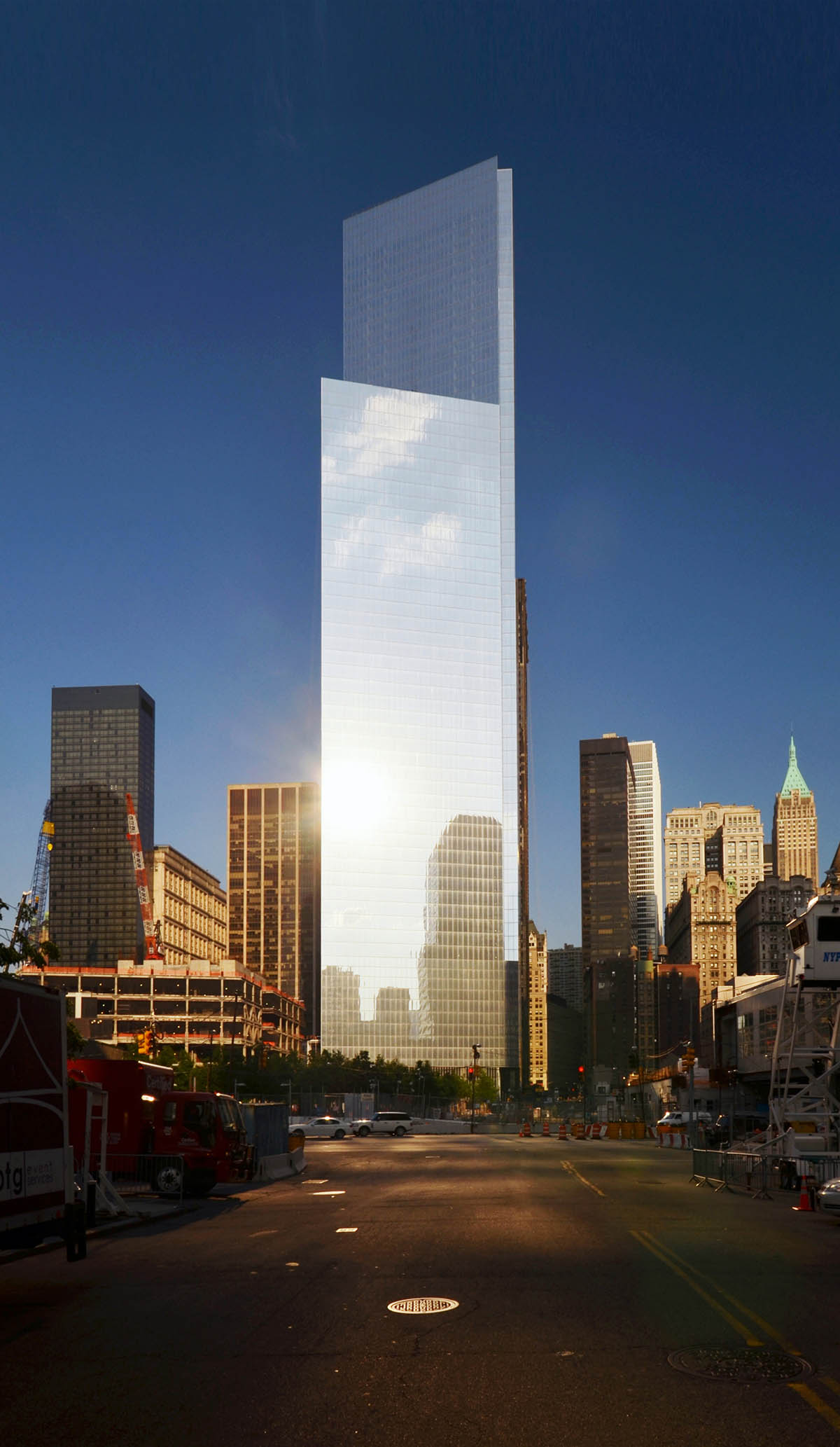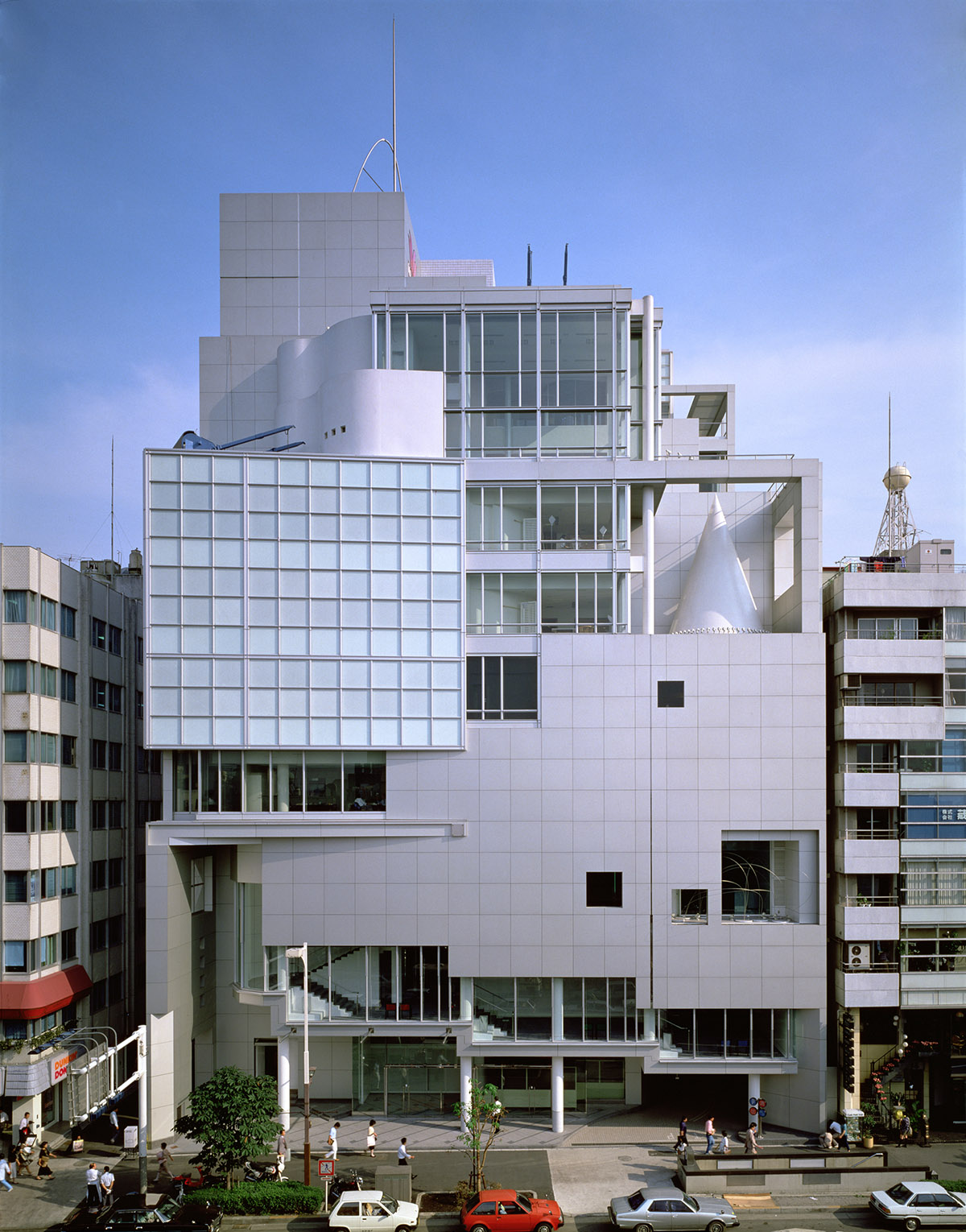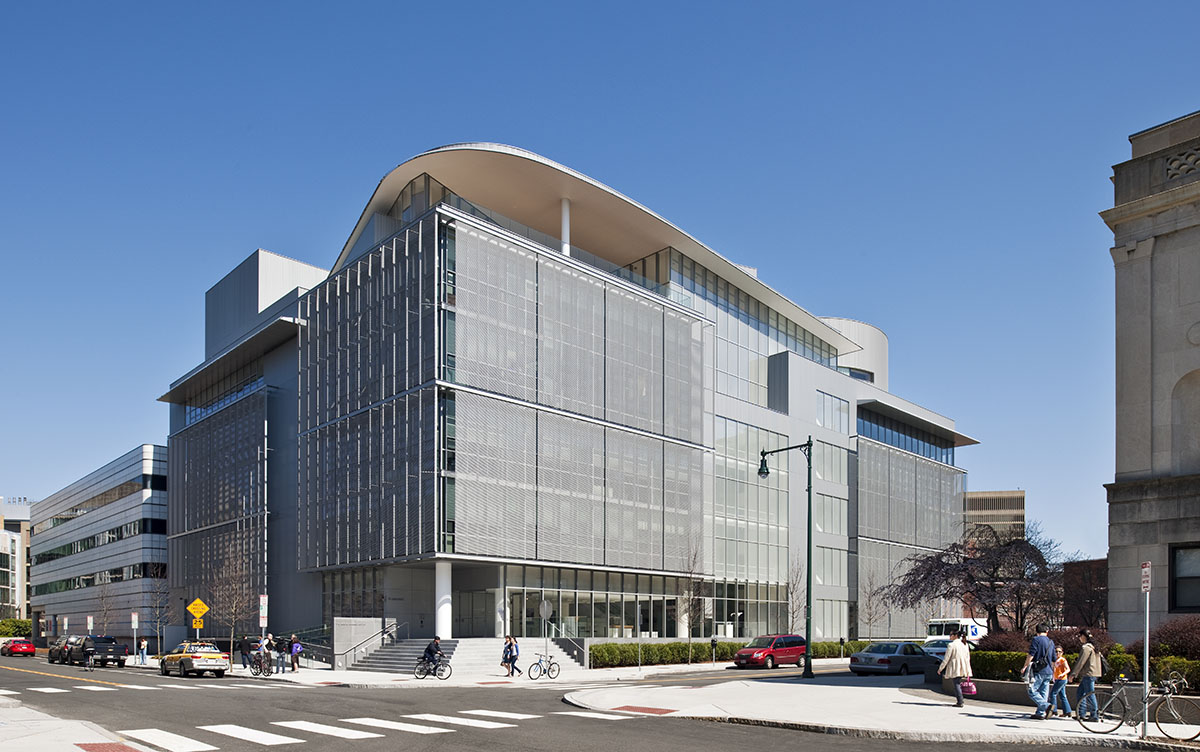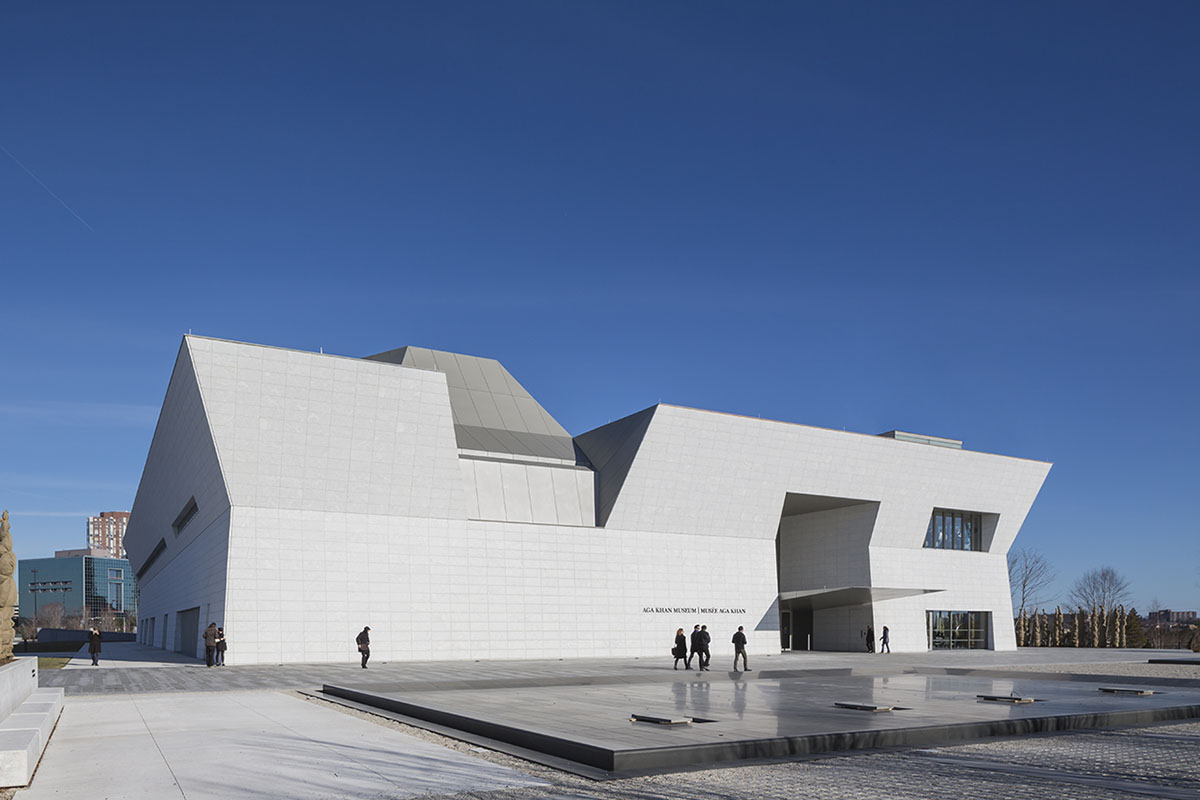Submitted by WA Contents
Acclaimed Japanese architect Fumihiko Maki dies aged 95
Japan Architecture News - Jun 12, 2024 - 14:13 1608 views

Acclaimed Japanese architect and Pritzker Prize laureate Fumihiko Maki has died at his Tokyo home on 6 June. He was at the age of 95.
Known for his modernist approach and one of the founders of metabolism movement, he designed significant projects, including Aga Khan Museum in Toronto, the Four World Trade Center in New York, the Tokyo Spiral and Kyoto’s National Museum of Modern Art.
Fumihiko Maki was awarded the Pritzker Architecture Prize in 1993 and the AIA Gold Medal in 2011, alongside the Wolf Prize from Israel in 1988, the Thomas Jefferson Medal in Architecture in 1990, the Gold Medal of the UIA in 1993, the Arnold Brunner Prize from the American Academy of Arts and Letters in 1999, and the Praemium Imperiale from the Japan Arts Association in 1999.
Fumihiko Maki was one of the World Architecture Community Honorary Members since 2007.

4 World Trade Center. Image © Tectonic
Fumihiko Maki categorically described himself as a modernist. His structures are often straightforward, even modest, and composed of glass, metal, and other traditional modernist materials like concrete.
However, he has expanded the traditional palette to incorporate materials like mosaic tile, anodized aluminum, and stainless steel.
Born in Tokyo on September 6, 1928, Maki studied under Kenzo Tange at the University of Tokyo, where he graduated in 1952 with a Bachelor's degree in Architecture.

Spiral in Tokyo. Image © Toshiharu Kitajima
Maki then studied at Bloomfield Hills, Michigan's Cranbrook Academy of Art for the following year. Following his graduation from Harvard University's Graduate School of Design (GSD) with a Master of Architecture, he worked as an apprentice for the companies Sert Jackson and Associates in Cambridge and Skidmore, Owings and Merrill in New York.
He started working as an assistant professor of architecture at Washington University in St. Louis in 1956. It was there that he was given his first design commission, for the campus's Steinberg Hall, an art center. After four years there, he became a faculty member at Harvard's GSD from 1962 to 1965. Since then, he has given guest lectures at many other universities.
He returned to Japan in 1965 and established his firm Maki and Associates, a Tokyo-based firm, and he was one of the founding members of the Metabolism movement in the 1960s.
The Metabolism movement - known as a biomimetic architectural movement that originated in post-World War II Japan and combined concepts of organic biological growth and architectural megastructures.

MIT Media Lab extension, Cambridge, Massachusetts. Image © Anton Grassl
Maki's notable projects include Osaka Prefectural Sports Center, Hillside Terrace Apartments, Fujisawa Gymnasium, Iwasaki Museum, Makuhari Messe, Toyoda Memorial Hall Auditorium at Nagoya University, Spiral, Aga Khan Museum in Toronto.
"Fumihiko Maki of Japan is an architect whose work is intelligent and artistic in concept and expression, meticulously achieved," wrote the jury in his Pritzker Architecture Prize citation in 1993.
"He is a modernist who has fused the best of both eastern and western cultures to create an architecture representing the age-old qualities of his native country while at the same time juxtaposing contemporary construction methods and materials."
"Maki has expressed his constant concern for the "parts" and the "whole”—describing one of his goals as achieving a dynamic equilibrium that includes sometimes conflicting masses, volumes, and materials," added in the citation.
"He uses light in a masterful way making it as tangible a part of every design as are the walls and roof. In each building, he searches for a way to make transparency, translucency and opacity exist in total harmony. To echo his own words, "Detailing is what gives architecture its rhythm and scale," the jury added.

The Aga Khan Museum in Toronto. Image © Shinkenchiku Sha
Recently, Maki designed China’s first dedicated cultural design center, Design Society, in 2017. Maki and Associates completed the Shenzhen Sea World Culture and Arts Center in 2017. Additionally, Maki and Associates also designed the Aga Khan Center in London in 2018.
"I was never attracted to the idea of a large organization. On the other hand, a small organization may tend to develop a very narrow viewpoint," said Fumihiko Maki following his Pritzker Architecture Prize.
"My ideal is a group structure that allows people with diverse imaginations, that often contradict and are in conflict with one another, to work in a condition of flux, but that also permits the making of decisions that are as calculated and objectively weighed as necessary for the creation of something as concrete as architecture," he added.
Top image in the article: Fumihiko Maki. Image © PLANE—SITE.
> via Nikkei Asia